At Slowhop.com, we believe that Slow Traveling is the best way to get to know a new location and new people. Since our official start in 2015 in our key market Poland, we have been growing and connecting with like-minded people in other countries in Europe to enable you, our users the exploration of more Slow Travel destinations. And to give you more insight into the local Slow Travel of our most requested destinations – i.e. besides Poland Lithuania, Czech Republic, Slovakia and Germany – we asked ourselves the following questions:
1. what kind of travel destination is that country, with what kind of landscapes?
2. How does the typical Slowhop accommodation in that country look like?
3. What kinds of people are the Slowhop hosts there and why are they hosting?
4. What is the typical (Slow) food there?
5. What is that country’s approach on Slow Traveling?
With this review, you have all facts together in one place and can choose where to go next – enjoy!
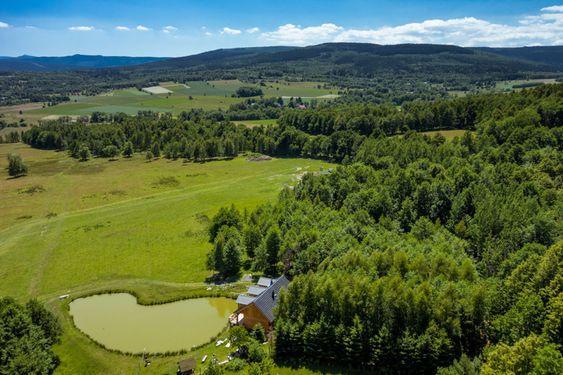
1. The destination
Polska as a destination is very diverse: you can easily hit the very center of a tourist town – which we do NOT recommend –, or you can dig deeper, very deep, e.g. to the mine in lower Silesia in Złoty Stok. Lower Silesia still has a lot to discover: Izeria Mountains, Owl Mountains, Giant Mountains – you can conquer all the peaks and in between meet creative people from this area. In addition to Lower Silesia, there are the majestic Tatra Mountains, the blue Masuria, the traditional Podlasie, the quiet Lubuskie and – hidden from tourists – the white beaches on the Baltic Sea.
2. Slowhop places
Everyone will find something for themselves among the Polish Slowhop places: houses for rent, traditional agritouristic farms, charming family guesthouses, beautifully restored palaces, tree houses, old water mills, yurts on a donkey farm, a mountain top hotel and an intimate spa with a pool. What all these unusual places have in common is that you can stay in them and that they were created by exceptional hosts. In some you will eat a delicious breakfast made of local products, in others you will leave the house directly to the lake, in yet another you will milk a goat or relax during yoga classes – experience tourism is waiting on every corner of Poland.
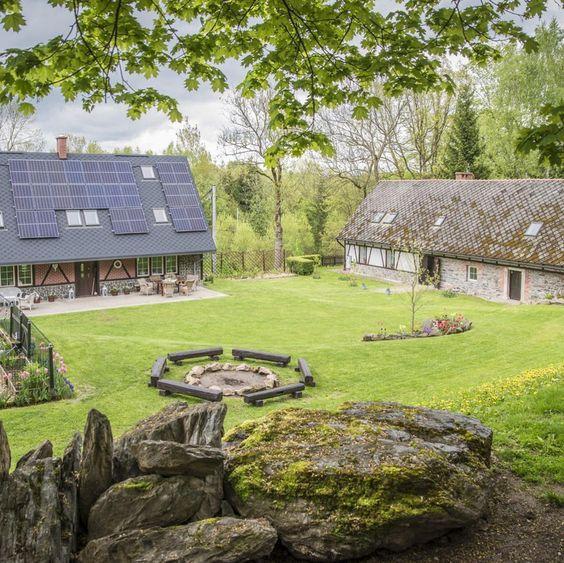
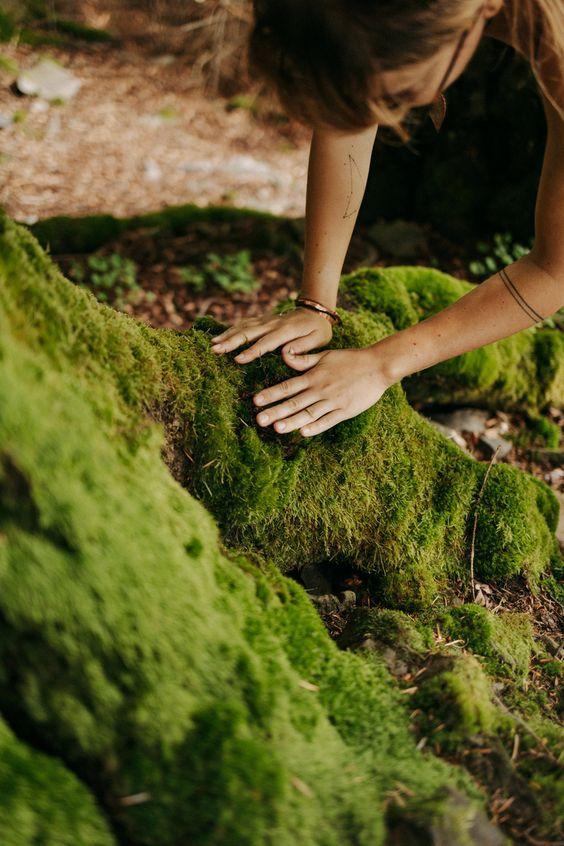
3. Slowhop hosts
We cannot paint all Slowhop hosts with the same brush: some of them have a classic corporate exit history, others return from abroad to their homeland, there are history enthusiasts who buy old railway stations or distilleries as well as lovers of good cuisine who have always wanted to feed people. But they have a few things in common: they think outside of the box, they do not like crowds, they want to host people with the same vibe as they have. That means, to be able to sit together by the fireplace, talk about life, drink homemade tinctures at the common table, or give the guests freedom, but make sure that their place meets the guests' expectations, that the guests will fit there like a glove.
4. Local food
If you've ever dealt with a Polish “Babcia” (Grandma), you know that you will not leave hungry. Each region in Poland has its own specialties, but they agree on one thing: everybody likes good quality local products. Over the past few years, Poles' approach to food has changed: as guests they expect homemade and seasonal food, and the hosts want to provide such food to them. So they set the bar high by themselves: still warm homemade bread, pancakes with homemade jam, nettle soup, herring by the sea, the potato dumplings called “kartacze” in the Podlasie region or the creamy sheep milk cheese Bryndza in the Tatra Mountains.
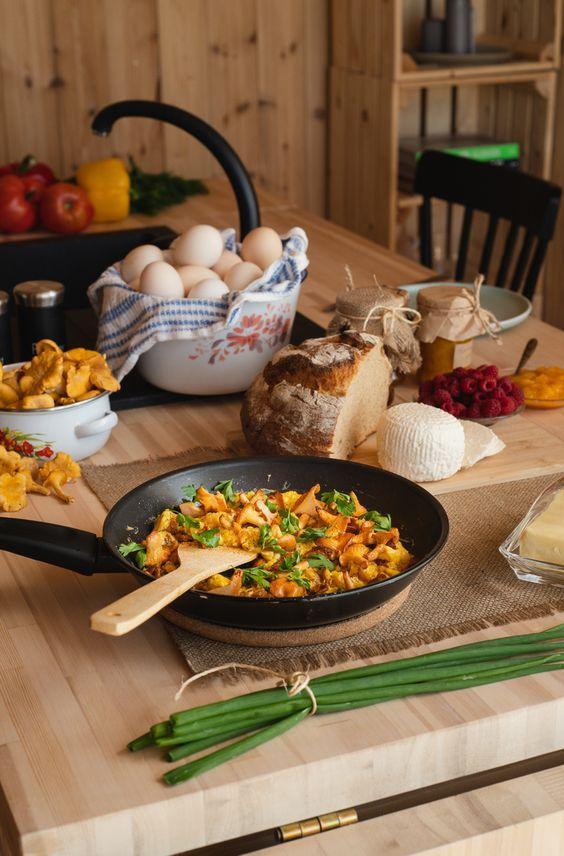

5. Slow Travel
Slow Travel is so far no popular travel trend in the governmental or the regional tourism policy. One exception is last year’s project between Slowhop.com and the Marshall Office of Lower Silesia (Urząd Marszałkowski Województwa Dolnośląskiego), the first region in Poland to invest and popularize slow travel on a larger scale. The project consisted of a printed, special design map of Slow Travel places in Lower Silesia (accommodations, nature sites, cultural attractions) as well as an online map that is updated quarterly, a ranking/guide entitled “The Most Desirable Slow Destinations In Lower Silesia”. Apart from that, Slowhop.com is about to publish an e-book titled “Guide for a conscious traveler” to present ways of how to travel in a more sustainable way.
1. The destination
Lietuva is not a densely populated country. That’s why you’ll find plenty of untouched forests and lakes there, as well as one of the cleanest and widest beaches on the Baltic sea (Palanga). Lithuania is perfect for biking, camping and… wellness holiday!
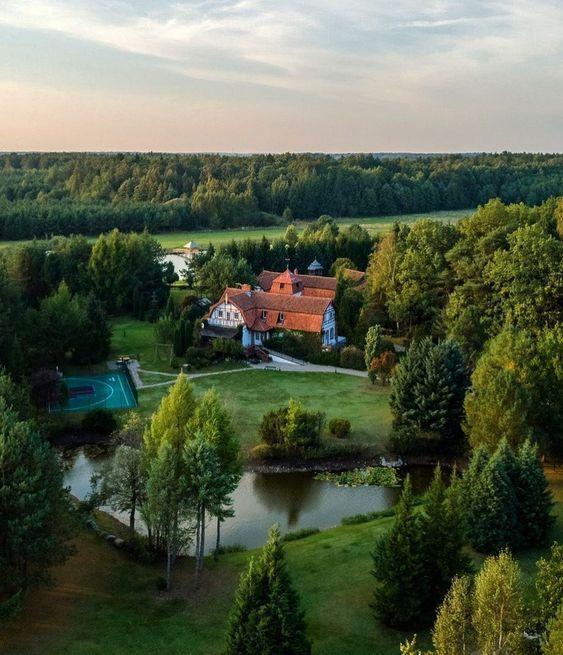
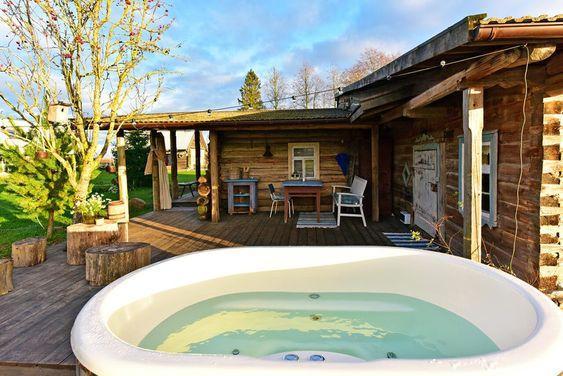
The trendiest slow accommodations in Lithuania right now are tiny houses: on the trees, in the middle of the forest and by the lakes. Some of them are real Mongolian yurts. They are little cozy hideaways from city’s bustle with no people around.
3. Slowhop hosts
During the COVID years many Lithuanians have returned home from emigration, and some of them have become hosts. Usually they are young couples with children, who have experienced the world and decided that there is no place like home. Now they spread the ideas of Slow Travel, minimalism, limiting waste and enjoying pure nature. They create small retreats in nature for themselves, and later begin sharing their experience with the guests – just for weekends, or building similar retreats nearby.
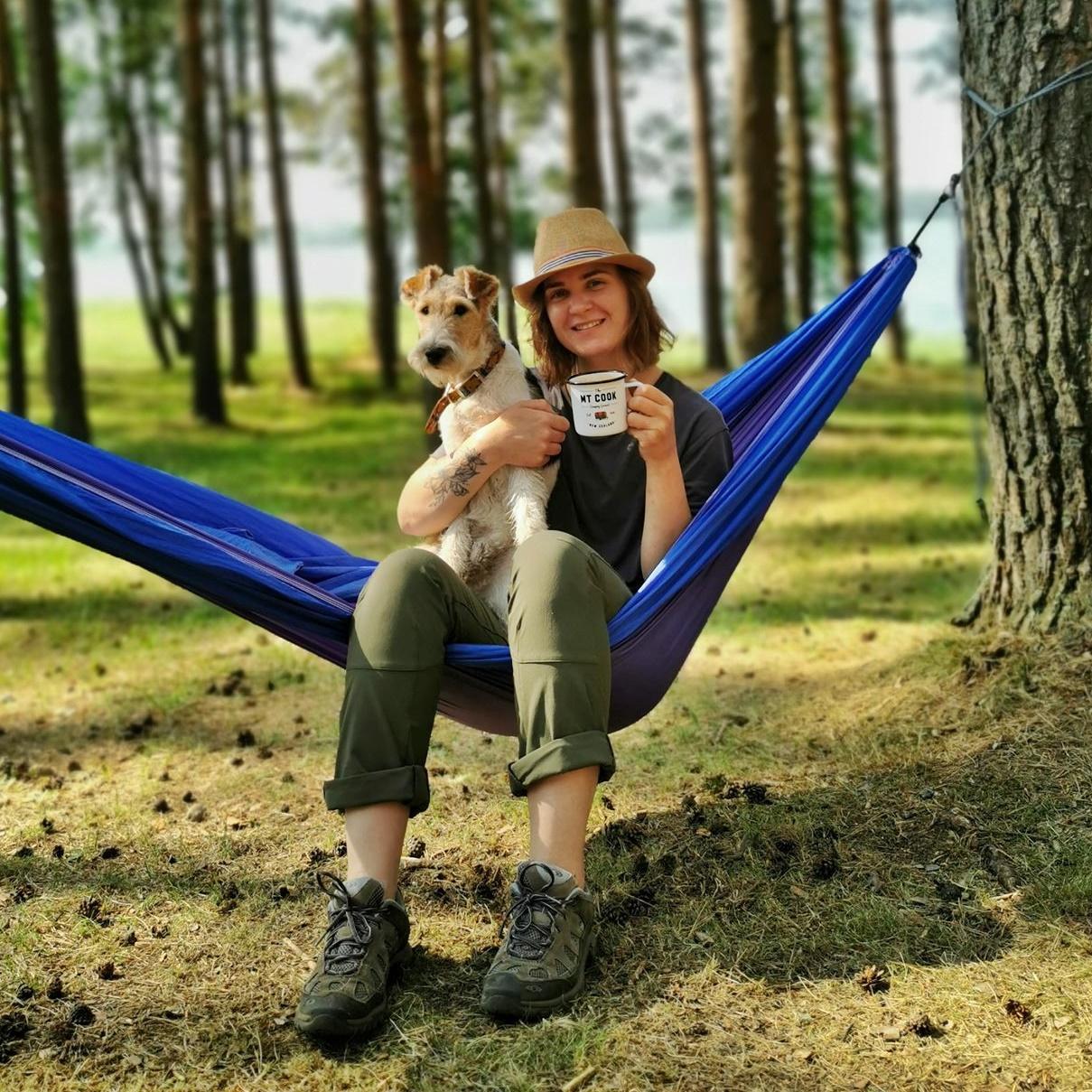
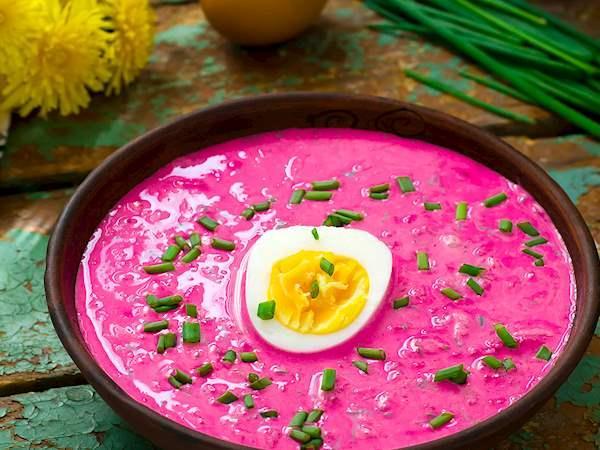
4. Local food
Traditional Lithuanian food is mostly organic and rich in flavor. Lithuanians still love the things that their grandparents used to serve: home-made cheese and garlic bread, potato casserole and naturally cured ham. They also make award-winning beer. But the most unexpected (and worth trying!) dish is a pink summer soup called “Šaltibarščiai” (“Cold borscht”).
5. Slow Travel
Starting from 2016, Lithuanian’s tourism slogan is “Real is beautiful”. Lithuania is not always promoted with the word “slow”, but the essence of the State Tourism Agency’s goals is supporting sustainable and responsible tourism, discovering local nature and attractions.
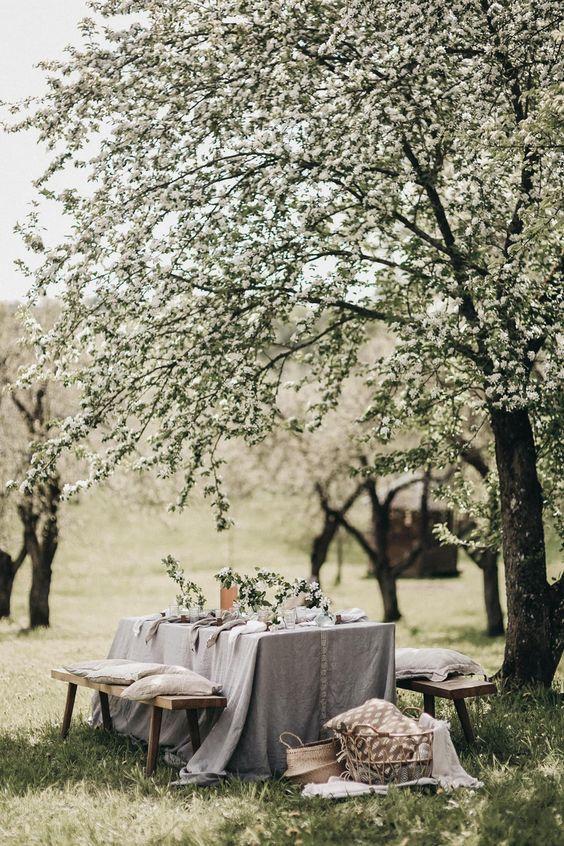
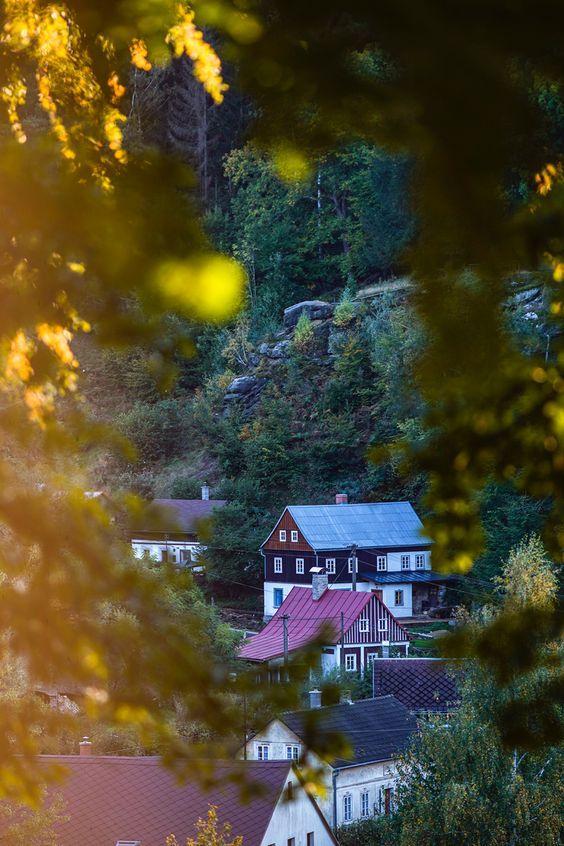
1. The destination
If you love to spend time in wild nature in national parks or to promenade along historical buildings, old castles and romantic palaces, Česká republika will please your eyes and your souls. You can hop on a bicycle, as many Czechs do, or enjoy the beauty of endless walks.
2. Slowhop places
Many Czechs love to spend their holidays in lovely cottages. The hosts of these places want to preserve the authentic atmosphere and keep the story of the house alive. You can go back in time to enjoy the calm and quiet neighborhood while profiting from the modern equipment. Many of them are situated in the breathtaking sceneries of Czech mountains.
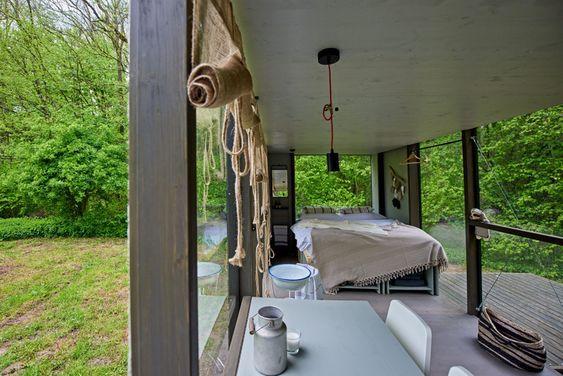
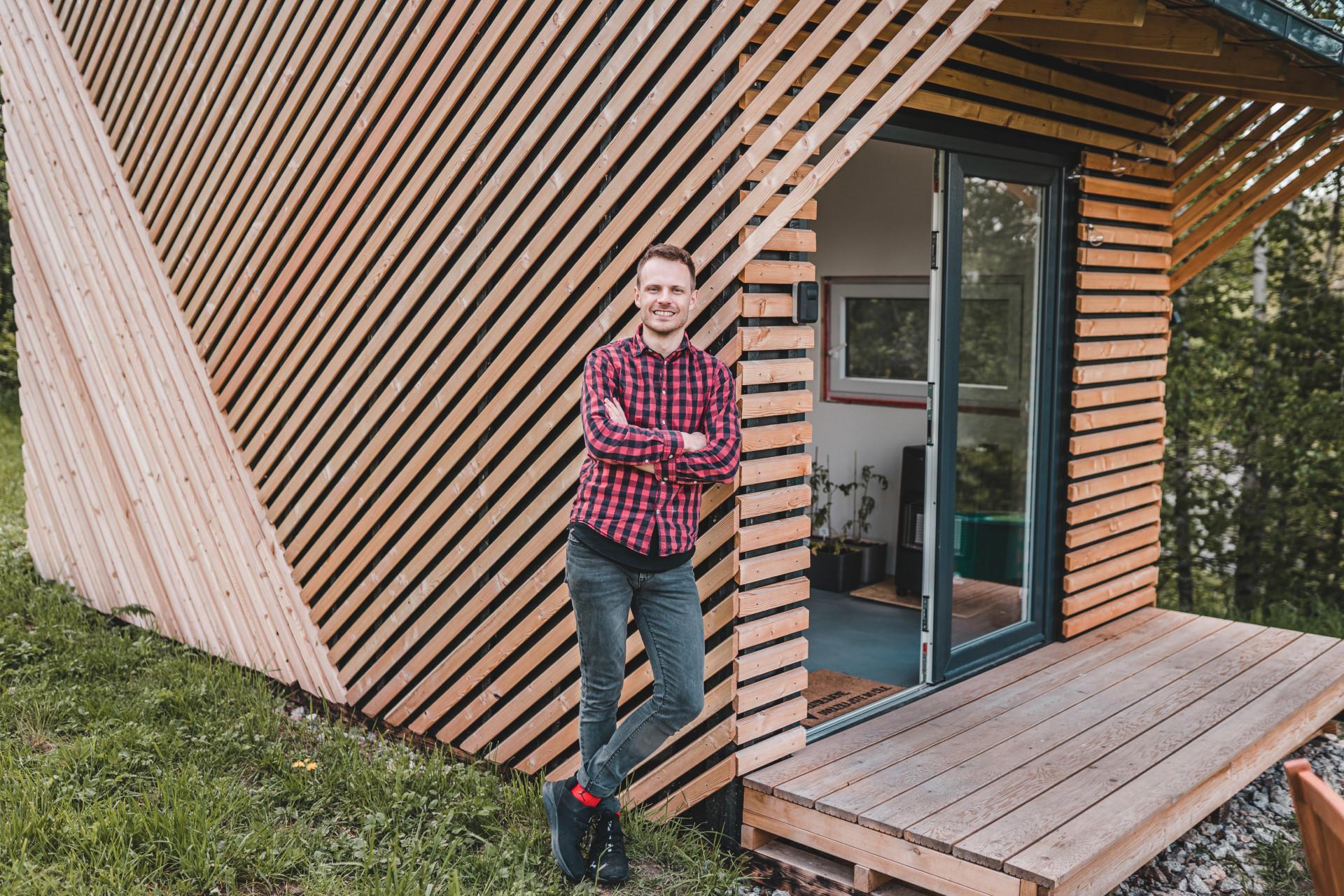
3. Slowhop hosts
A lot of Slowhop hosts are just going back to their roots. They are renovating houses of their ancestors or building glamping sites in forests and on meadows where they used to spend their childhood with their parents.
4. Local food
Czechs want to change the worldwide perception of them as a “dumpling and beer” nation. They use more and more local vegetables, artisanal bread, handpicked eggs, organic meat and fragrant herbs to prepare fresh and light meals full of flavor. But yeah, the beer stays, so “Na zdraví!” (“Cheers!”)
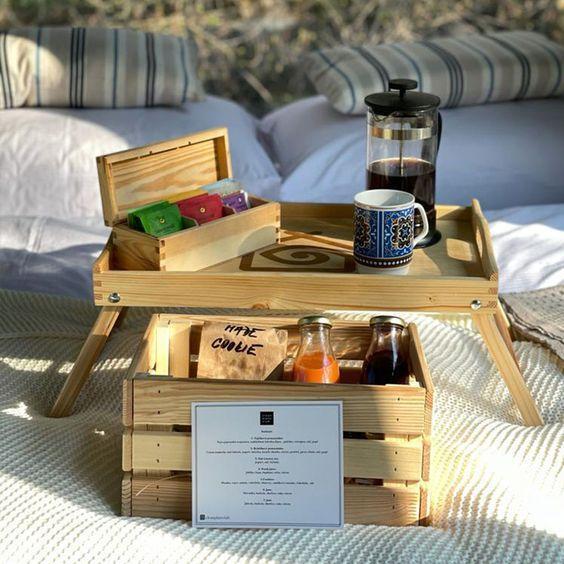
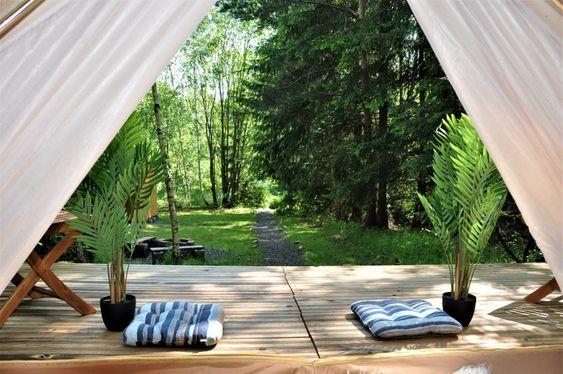
5. Slow Travel
The first region in the Czech Republic that is officially Slow is Orlické hory – the Eagle Mountains which has been a Protected Landscape Area since 1969. You can find the pleasure of Slow Vacation in every village or small town, though. And people are especially welcoming everywhere in the Moravia region, the home of wine and the plum brandy called “slivovice”.
1. The destination
Everything is here, in Slovensko, except the sea :-) From mountains to deep gorges, waterfalls and forests, it offers a variety of landscapes not only on the surface, but also under it in form of diverse caves. But the creations of human hands are also not to be thrown away: the old castles and chateaux are truly romantic (and sometimes fairytale) places. The most ideal way to reach every corner of the Slovakian landscape is on your own feet (hiking), but a bicycle isn't a bad idea either.
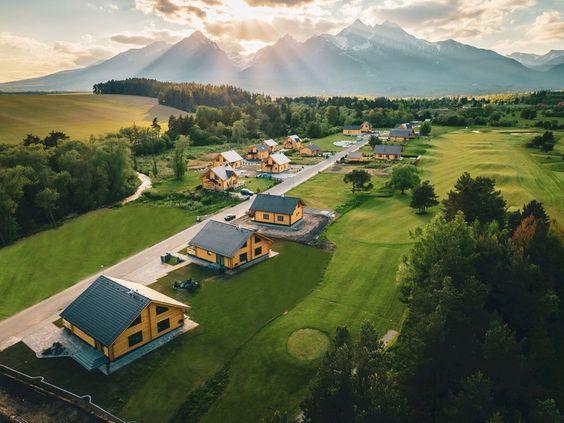
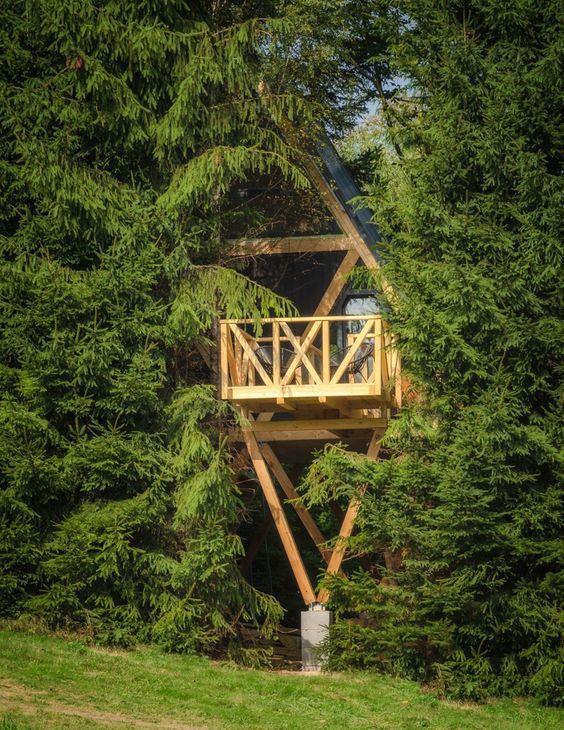
2. Slowhop places
Only one thing is typical: that people still want to spend their time in nature (fortunately!). The most popular accommodations are old cottages or huts in the mountains. But you can also try out the life on farm or ranch, with occupational therapy with animals or off grid. A wide range of options tempts you to experience both tradition and comfort, or even to try out life as it once was.
3. Slowhop hosts
Hosts want to revive the ancestral heritage, preserve the atmosphere of the place, and connect with folklore and nature. They want to build something with their own hands or restore what they have inherited, share not only their story, but also their enthusiasm, tips, way of life. For some of them, hosting is a mission to show that life can be lived differently.
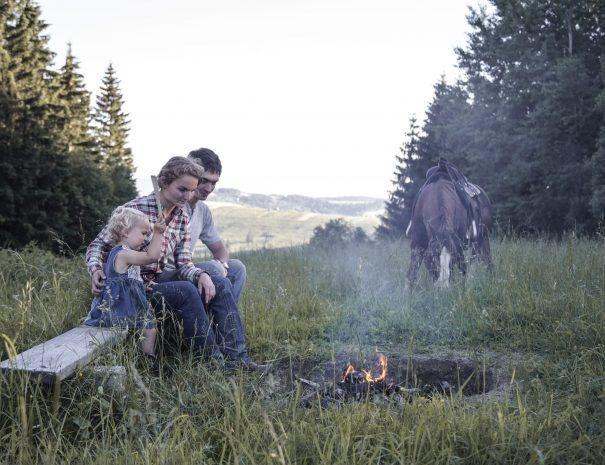
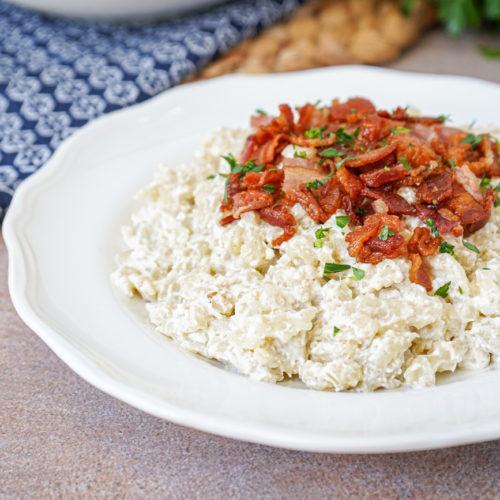
4. Local food
Haven't you heard of the national dish “Bryndzové halušky” yet? And they're the best with the sheep milk cheese Bryndza made in May (just kidding, they're just great all year round, and if you are not vegan, you must try them). And what about the traditional plum brandy called “Slivovica”? That's only if you have a stomach of steel. But you can always try not so well-known Slovak wine, even the exceptional ones from extinct volcanoes. Or try herbs, meats, vegetables from local organic farms. It’s up to you.
5. Slow Travel
Officially, there is no Slow Travel region in Slovakia yet, but there are more and more local communities promoting this way of food, travelling and experiencing. Slovakia is a small country, so you can find passionate enthusiasts building local “networks” for Slow Traveling almost everywhere.
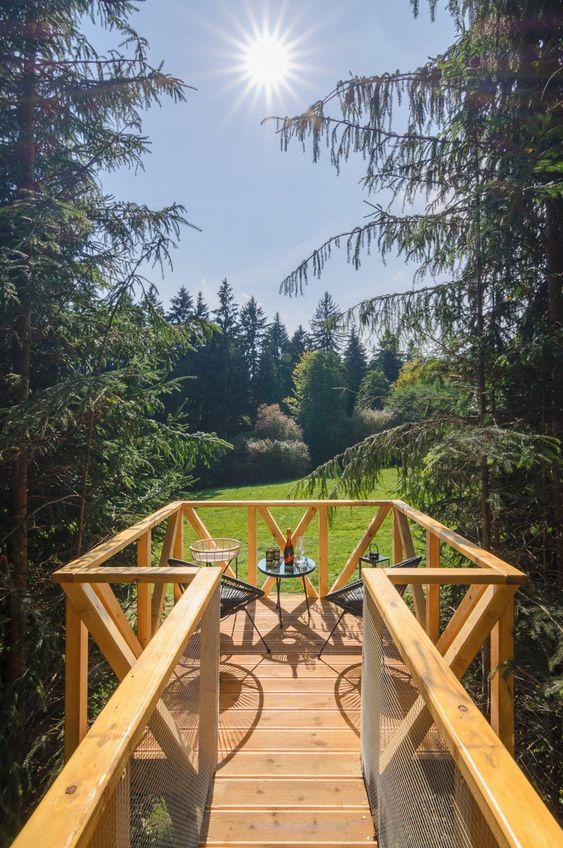
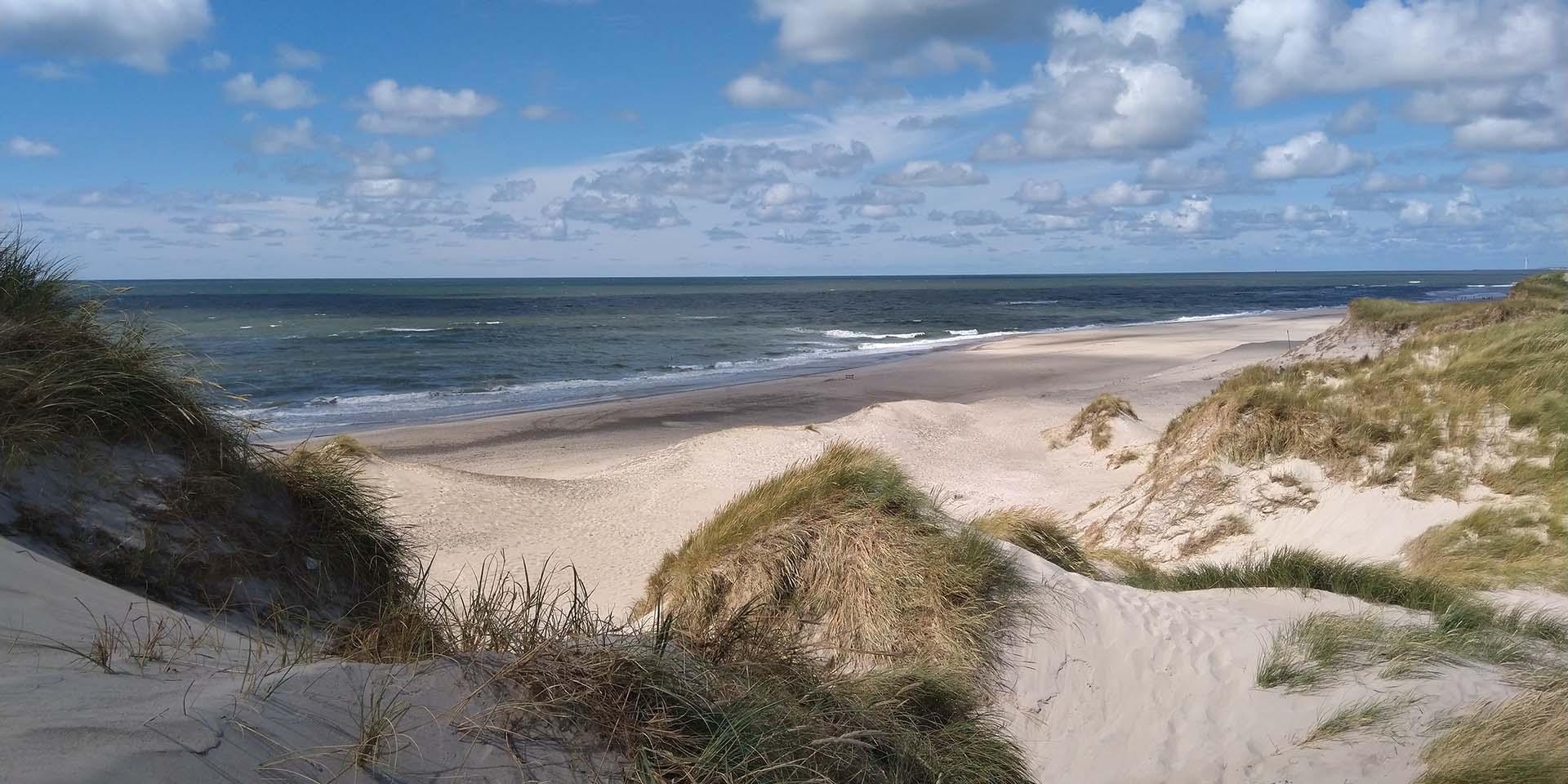
1. The destination
One of the slogans of Deutschland’s tourism marketing is “Variety in the Heart of Europe”: from islands like Sylt or Rügen in the North Sea, respectively Baltic Sea to mountainous regions like the Allgäu and Berchtesgadener Land near the Alps, Germany offers a huge diversity of landscapes and destinations, while the country is literally the geographic center of Europe. Since Germany can’t compete with the Mediterranean weather and beaches, its tourism focuses on segments like cultural travels and health tourism, directing visitors e.g. to one of the 350 certified spa towns or one of the historically important UNESCO World Heritage sites. Besides the diverse natural landscapes, it also offers exciting cities with internationally famous - and NOT slow - events like the Oktoberfest in Munich, the Carnival in Cologne or the New Year's Eve party at the Brandenburger Tor in Berlin.
2. Slowhop places
The German Slowhop places are rather in the plain countryside, most of them “in the middle of nowhere” in the wide nature of Brandenburg or Northern Germany. They show a big variety, from refurbished classic manor houses and farmhouses over modern(ized) country houses and cottages up to tree houses and container lofts. A recurring element is the connection to nature: the places either have a nice garden of their own or a natural landscape (forest, fields, mountains, river) is very-very close.
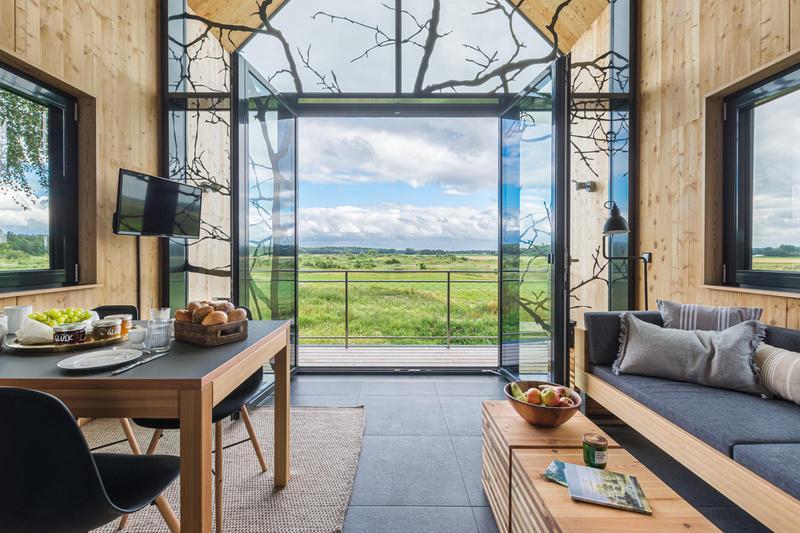
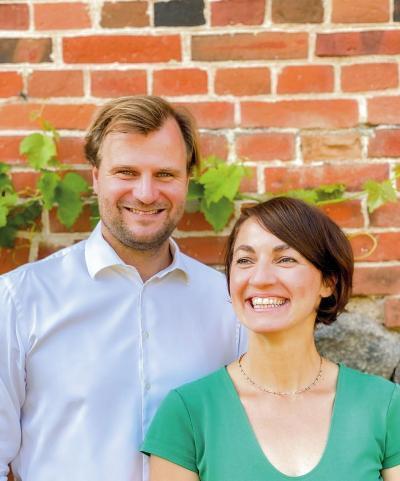
3. Slowhop hosts
As there are many Slowhop places in Brandenburg, there are indeed some creative heads from Berlin among the hosts who left the city to move into the countryside. Some of them thought that they wanted to share the experience of the good air, silence and nature of the countryside with others, so they prepared an accommodation according to this idea. While some of them still might have projects or business in the busy city – they themselves love to return to the quiet countryside to keep the balance.
4. Local food
German food is heavy on meat, fresh fish rather in areas near the coast in the North, the most popular side dish is the potato, while not too many spices are used, except gingerbread in the famous Christmas dessert “Nürnberger Lebkuchen”. Germans use rather mustard than ketchup to their cooked sausage plus a slice of the unbelievably wide spectrum of bread – the German Bread Institute registers more than 3.000(!) types; no wonder that the German bread culture is part of the UNESCO World Heritage. Of course we have to mention beer and wine that both have a long tradition in Germany and can accompany certain food: in Hessen local cider is served with the sour milk cheese “Handkäse”, in Bavaria the veal sausage “Weißwurst” with weiss beer, while people in Baden-Württemberg love their pizza-like “Flammkuchen” with a Riesling white wine.
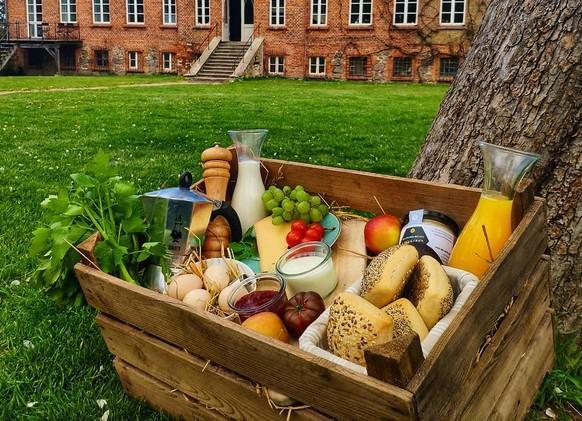
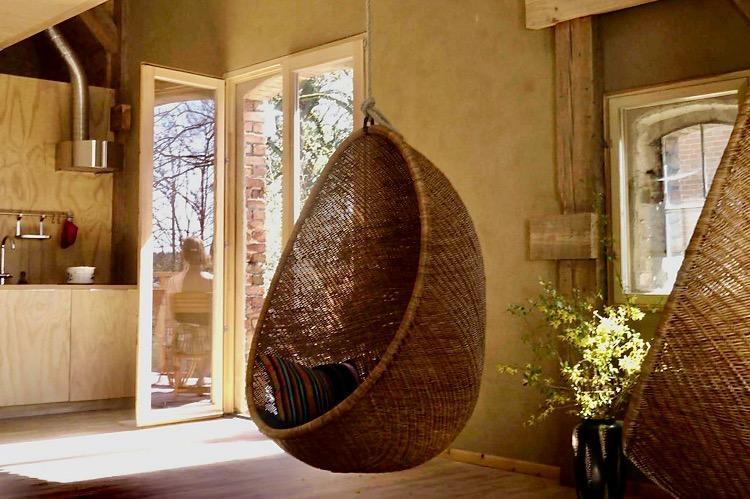
5. Slowtravel
Although Germany’s Slow Travel potential is huge, there are no official country- or region-wide programs for Slow Traveling yet. Currently there are some promoted packages for Wine regions (mostly Western/Southern Western Germany) which you can discover by bike and eat some local food while tasting the local wines with a stay directly on the premises of the winery. In Germany, “Slow Traveling” is mainly connoted with “environmental-friendly” and “sustainable”, and only after with “enjoy” and “slow down/relax”, that’s why also the German National Tourist Board promotes „Sustainable holidays“.
 English
English
 Polski
Polski
 Český
Český
 Slovenský
Slovenský
 Deutsch
Deutsch
 Lietuvių
Lietuvių